Le right hit is one of the basic shots of the padel. If it is effective it will allow you to gain the advantage on the point. The service can help you in this progression.
When we take our first steps at padel, we very often start with a basic stroke which is the forehand from the ground floor. This forehand, depending on the person, assimilates more or less quickly. In order to help you better assimilate the forehand, it is interesting to combine learning with serve.
Why the service?
The serve is a shot taken from the back of the track, which must be performed with safety and precision for beginners in order to put the ball into play. A wrong serve will not allow the point to be played ...
This service must be performed below belt level, with at least 1 foot on the ground, towards the service square diagonally across the track, and towards the windows.
In order to help you understand the similarities between baseline forehand and serve, here is our analysis.
Rebound
When serving, the rebound is very important. You have to learn to manage your rebound to hit the ball at the best possible height. If you hit the ball while it is on the upswing, you will have less control than when you hit it on the downswing. Same thing with the forehand. Learn to read the rebound, you will hit the ball more safely.
The preparation
At the service there are several heights of preparation. It's up to you to find the best preparation (s) for your service. But one thing is certain: the sooner you have the pala positioned to the rear, the better your strike will be. Then, a pala placed above the belt will favor an attacking serve while a pala placed below the belt will favor a control service. So don't hesitate to position your pala even before you let your ball bounce.
Think about it during your forehand: high attack pala, low defense pala. Early preparation increases the effectiveness of the forehand.
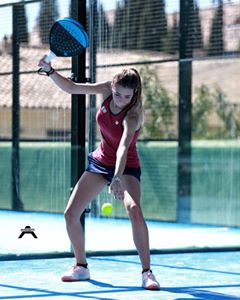
The point of impact
First, let's consider how far the ball is from you, ie either close to or far from the body. A service provided too close or too far from the body will be less effective because you will have to adjust your arm at the last moment. Tip: let go of your ball with an outstretched arm so that you will always be the same distance from the ball and you will develop this habit with the forehand.
The second place of impact to take into account is either in front of you, at height or slightly behind. This will allow you to find different areas like very crossed, towards the center or long line. Trying and changing these impact locations will make you aware of the direction of play when it comes to making a forehand.
Weight transfer
Leaning your body forward or backward will give your serve more or less power. A body with the weight forward will promote a powerful serve, while the body weight backwards will promote a “defensive” serve. It is therefore best, for beginners, to leave the weight of the body in the center, both feet firmly on the ground, for a perfect balance and a precise stroke.
In the game it's exactly the same. If you hit your forehand with the bodyweight forward, you will deliver an aggressive hit to your opponents, bodyweight back, a lob-type defensive hit, and both feet firmly planted in the ground. , waiting shots, control.
The end of gesture
After having impacted the ball, it remains to accompany it in the direction of the place you want to reach. If you want to play short, precise, taking the time to come to the net, your end of movement will be rather short. On the other hand, if you want to give rhythm to the ball, come quickly to the net and play a deep ball with a bounce close to the side window, you will have to finish with a wider movement.
The same goes for your forehand. A short end of gesture will give you more precision and control compared to a wide end of gesture that ends above the opposite shoulder which will rather favor power.
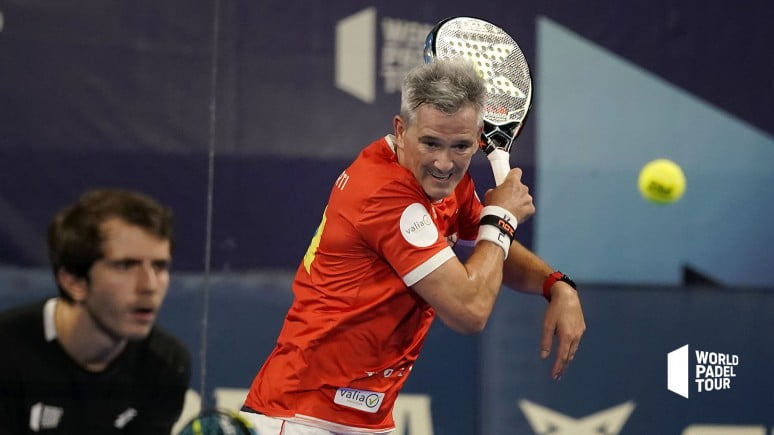
So you have trouble understanding the technique of the forehand from the ground floor? Take a little time in your training and do dozens of serves. You will learn a lot of things… Get to work!
Julien Bondia is a teacher of padel in Tenerife (Spain). Columnist and advisor, he helps you play better through his tutorials and tactical/technical articles padel.




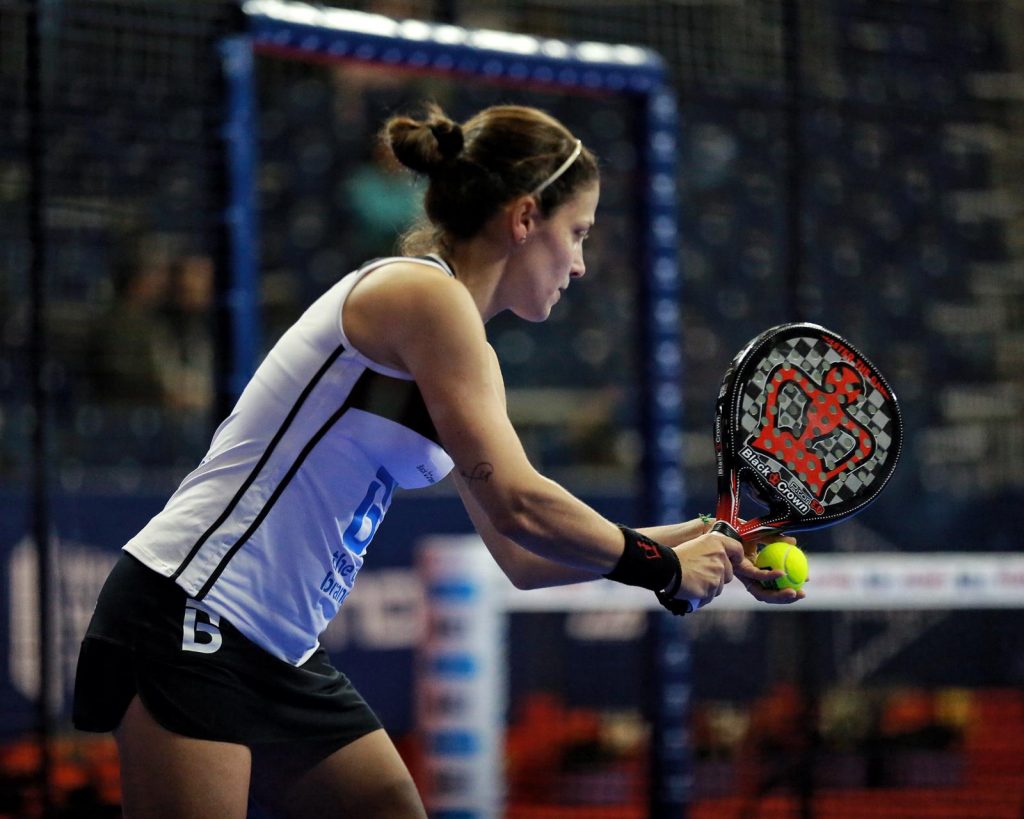
































































































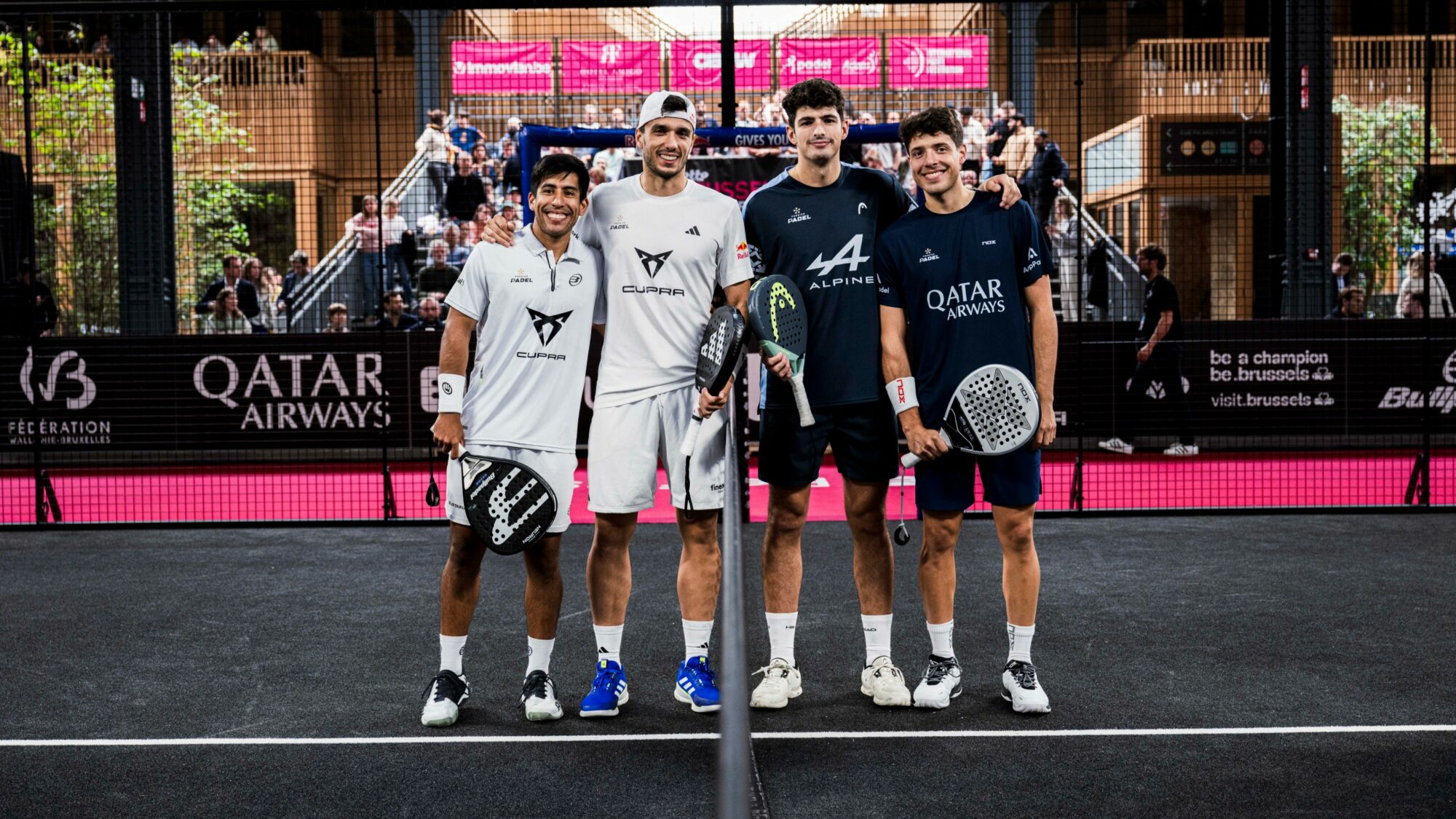 Premier Padel Brussels P2 – A 2.0 version of the final in Chile?
Premier Padel Brussels P2 – A 2.0 version of the final in Chile? P1000 PadelShot Saint-Étienne – Pierre Vincent and Arthur Hugounenq, the kings of the “comeback”
P1000 PadelShot Saint-Étienne – Pierre Vincent and Arthur Hugounenq, the kings of the “comeback”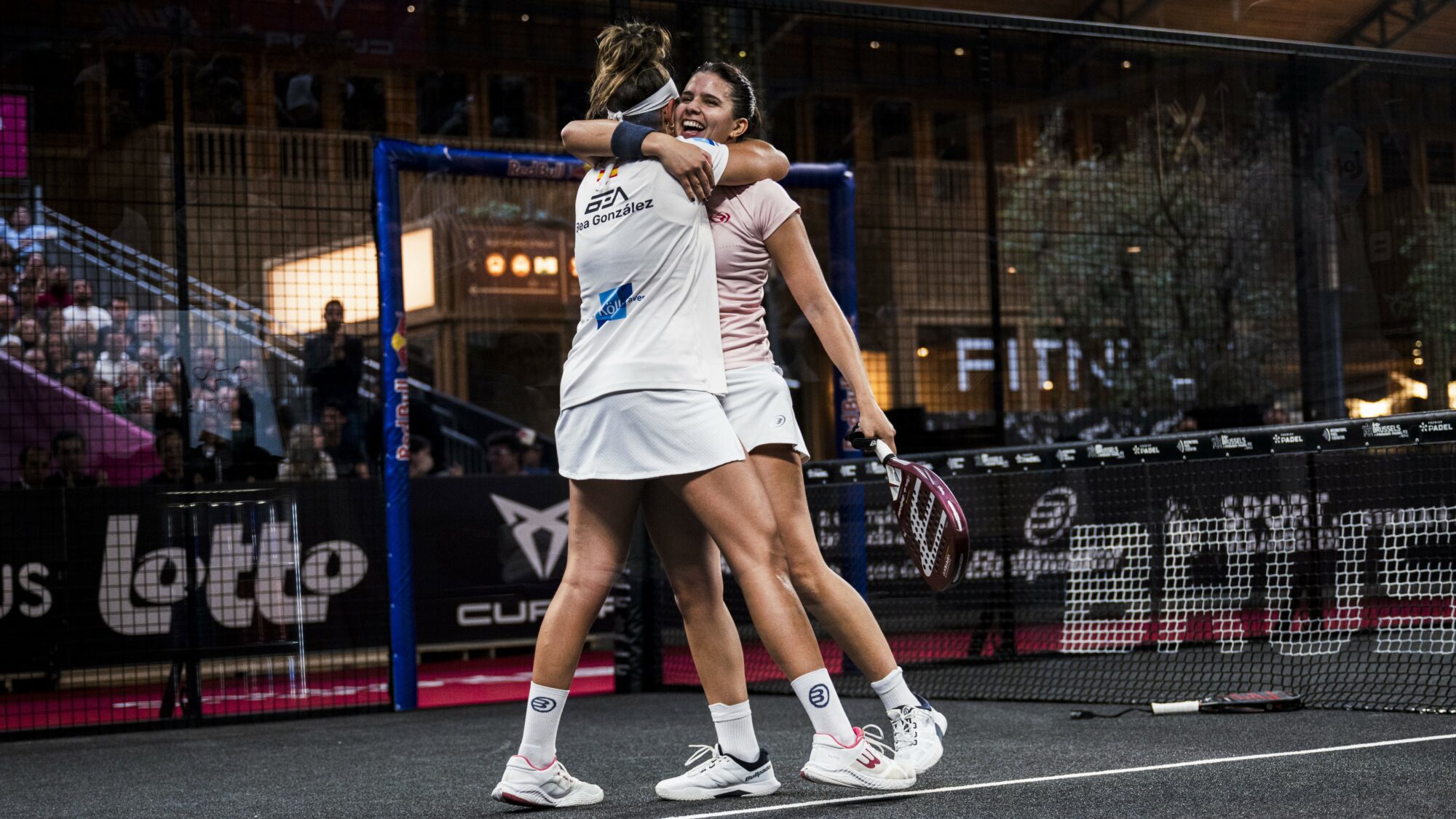 Premier Padel Brussels P2 – Brea/Gonzalez, a tenth title together!
Premier Padel Brussels P2 – Brea/Gonzalez, a tenth title together! Guillaume Codron de Sud Padel : “A family project”
Guillaume Codron de Sud Padel : “A family project” Nallé Grinda: “Democratize the padel in the USA with PadelX "
Nallé Grinda: “Democratize the padel in the USA with PadelX " Simon Boissé: “We know that there are two nations in front of us”
Simon Boissé: “We know that there are two nations in front of us” Marie Maligo: “This period of frequent changes of partners was beneficial for me”
Marie Maligo: “This period of frequent changes of partners was beneficial for me” P1000 PadelShot Saint-Étienne – Watch the Hugounenq/Vincent – Seux/Courrin semi-final live
P1000 PadelShot Saint-Étienne – Watch the Hugounenq/Vincent – Seux/Courrin semi-final live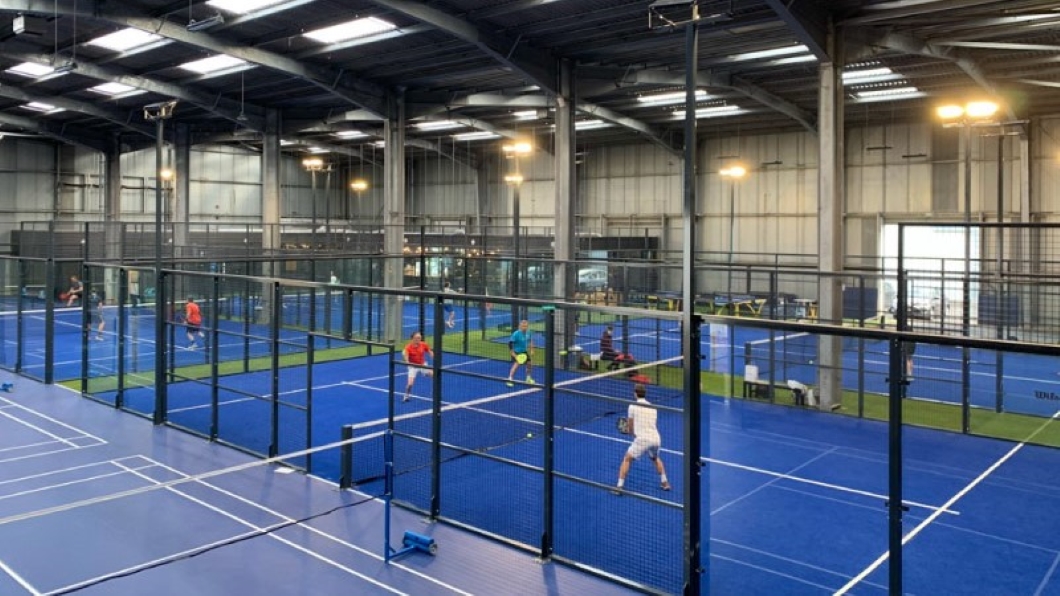 P1000 PadelShot Saint-Étienne – Follow the surprise poster Vincent/Hugounenq – Couturier/Benmergui live
P1000 PadelShot Saint-Étienne – Follow the surprise poster Vincent/Hugounenq – Couturier/Benmergui live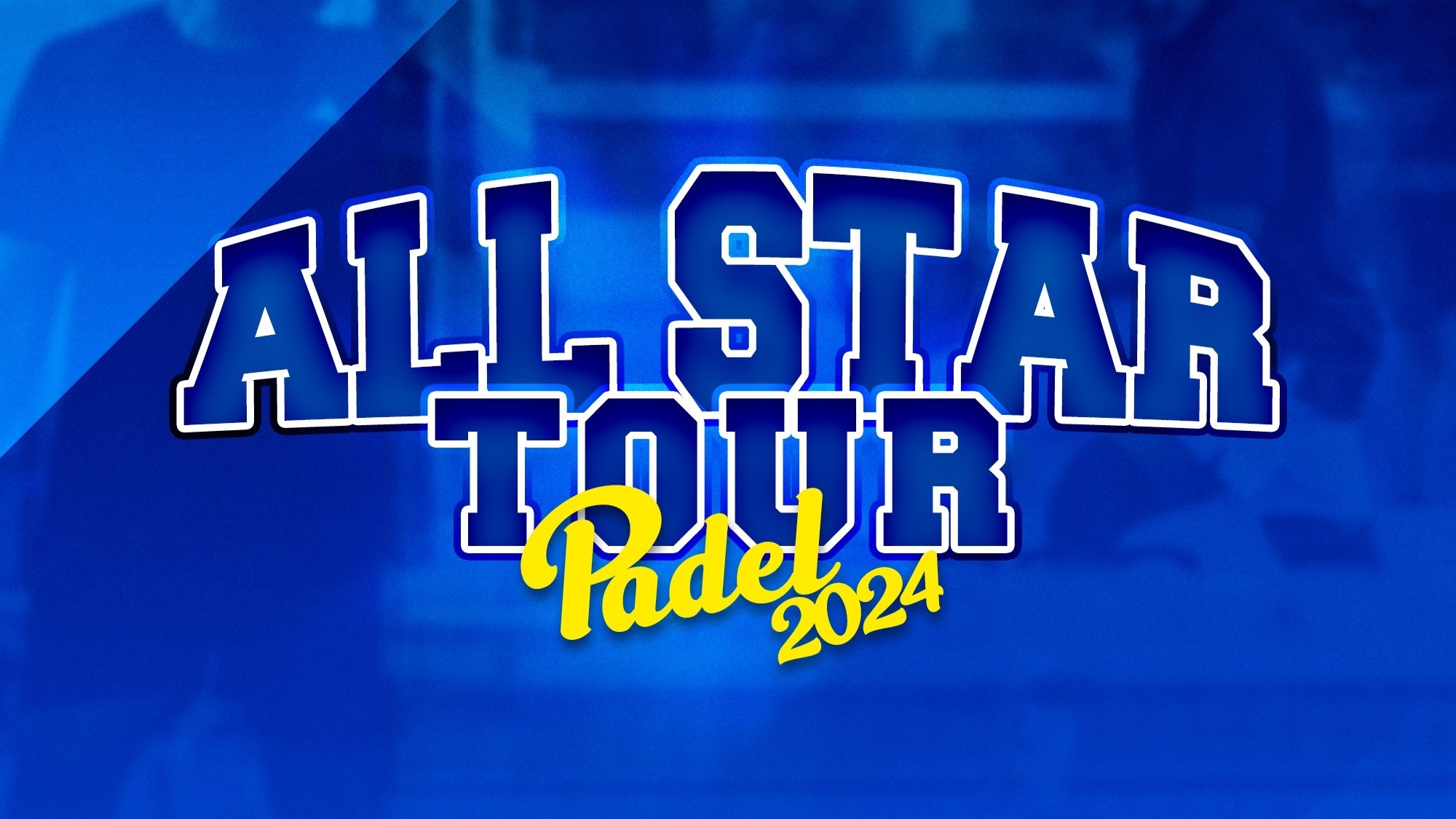 The All Star Tour returns on May 16 at the All In in Lyon
The All Star Tour returns on May 16 at the All In in Lyon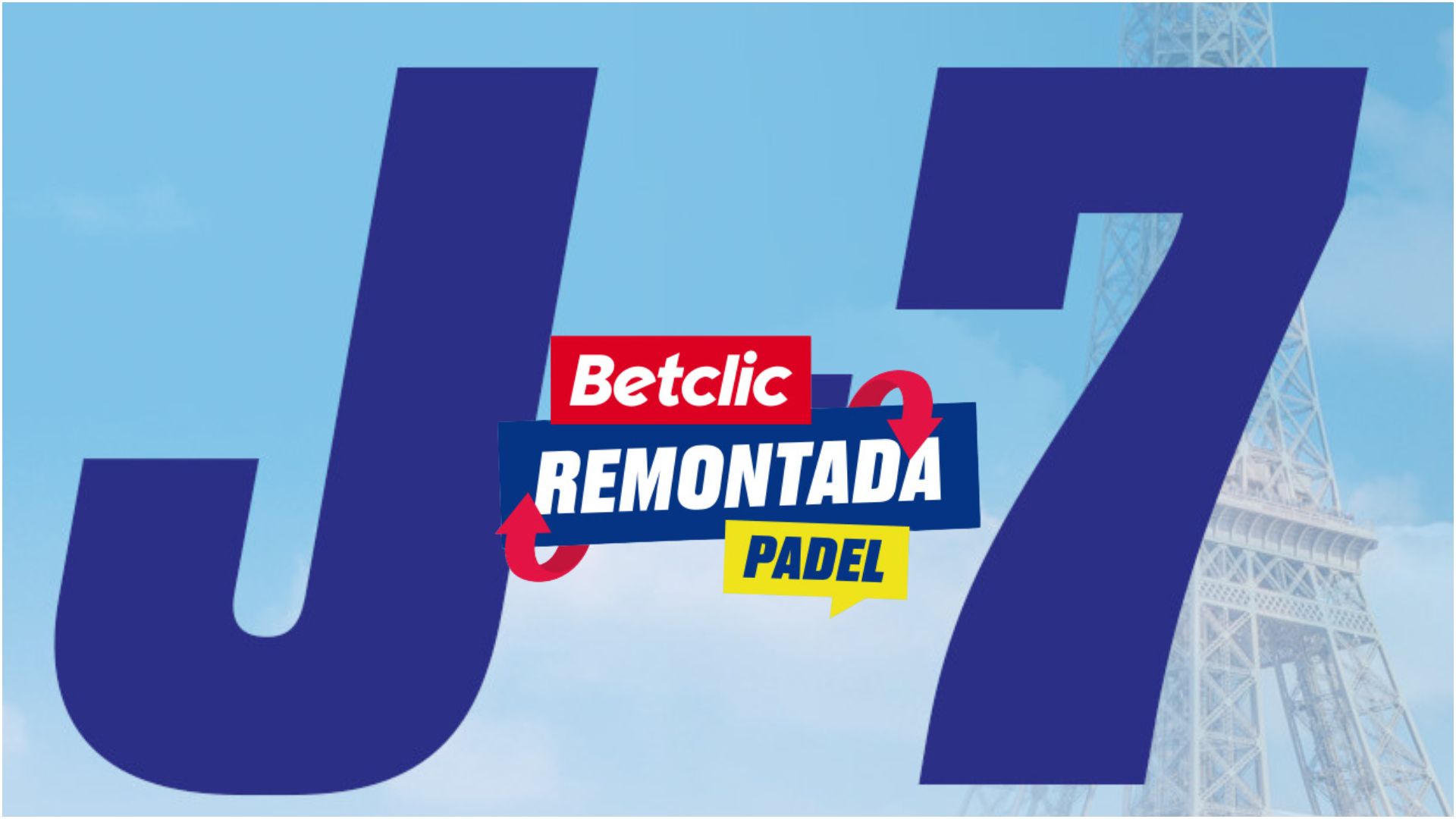 D-7 of the “BetClic Remontada Padel”, at the foot of the Eiffel Tower
D-7 of the “BetClic Remontada Padel”, at the foot of the Eiffel Tower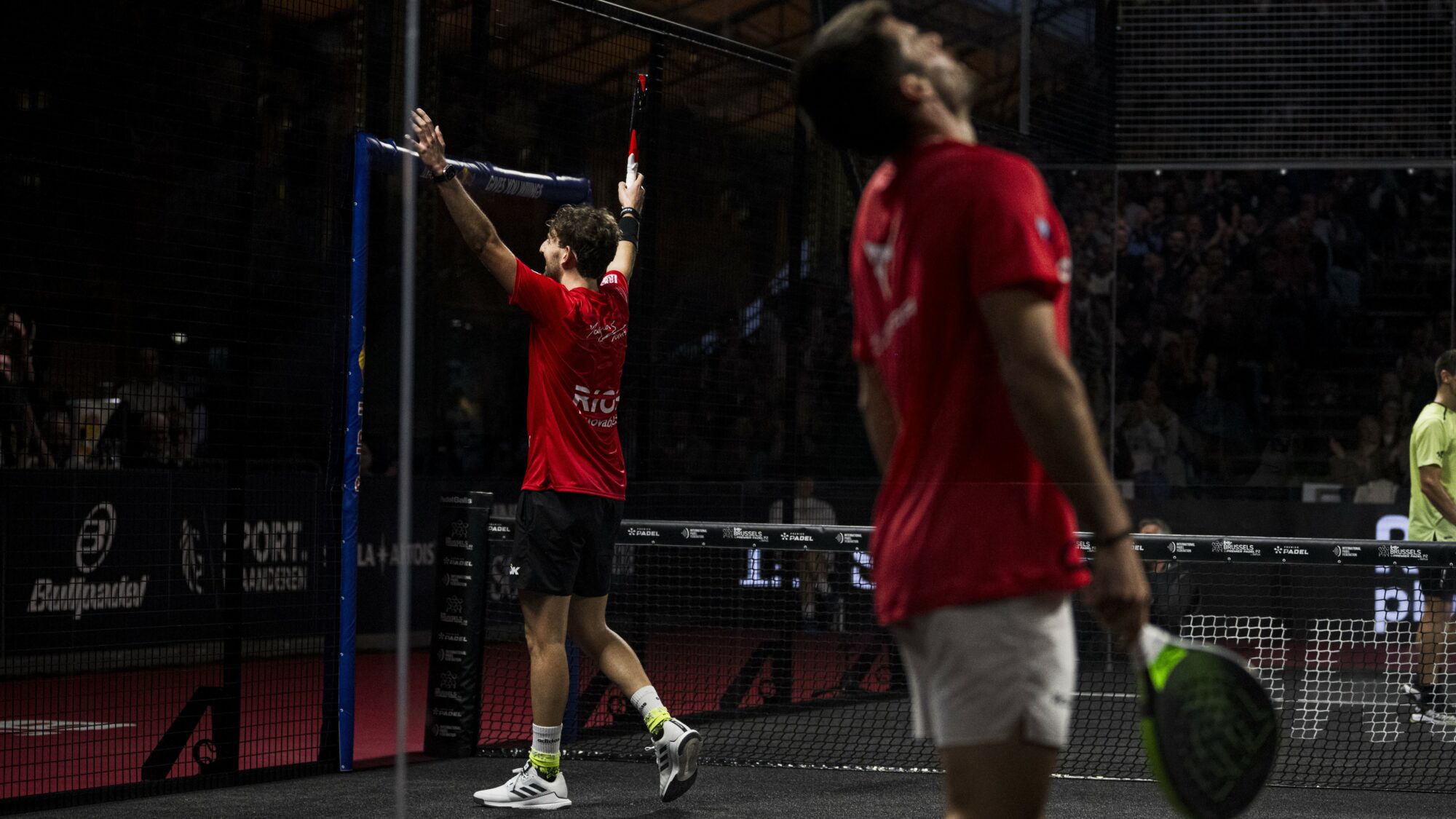 Obviously, Javi Garrido's service does not please Mike Yanguas...
Obviously, Javi Garrido's service does not please Mike Yanguas...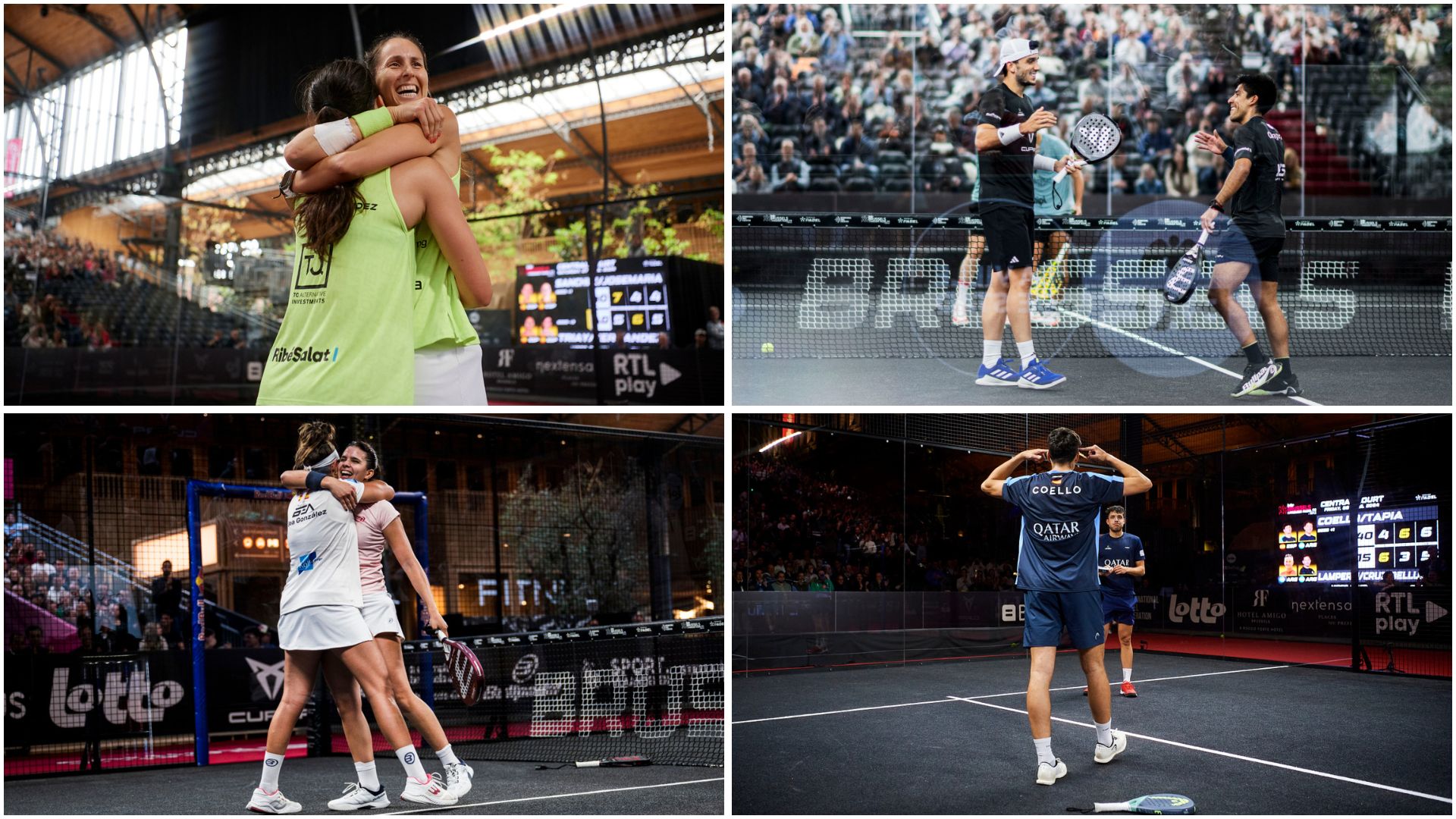 Premier Padel Brussels P2 – It’s time for the long-awaited finals!
Premier Padel Brussels P2 – It’s time for the long-awaited finals!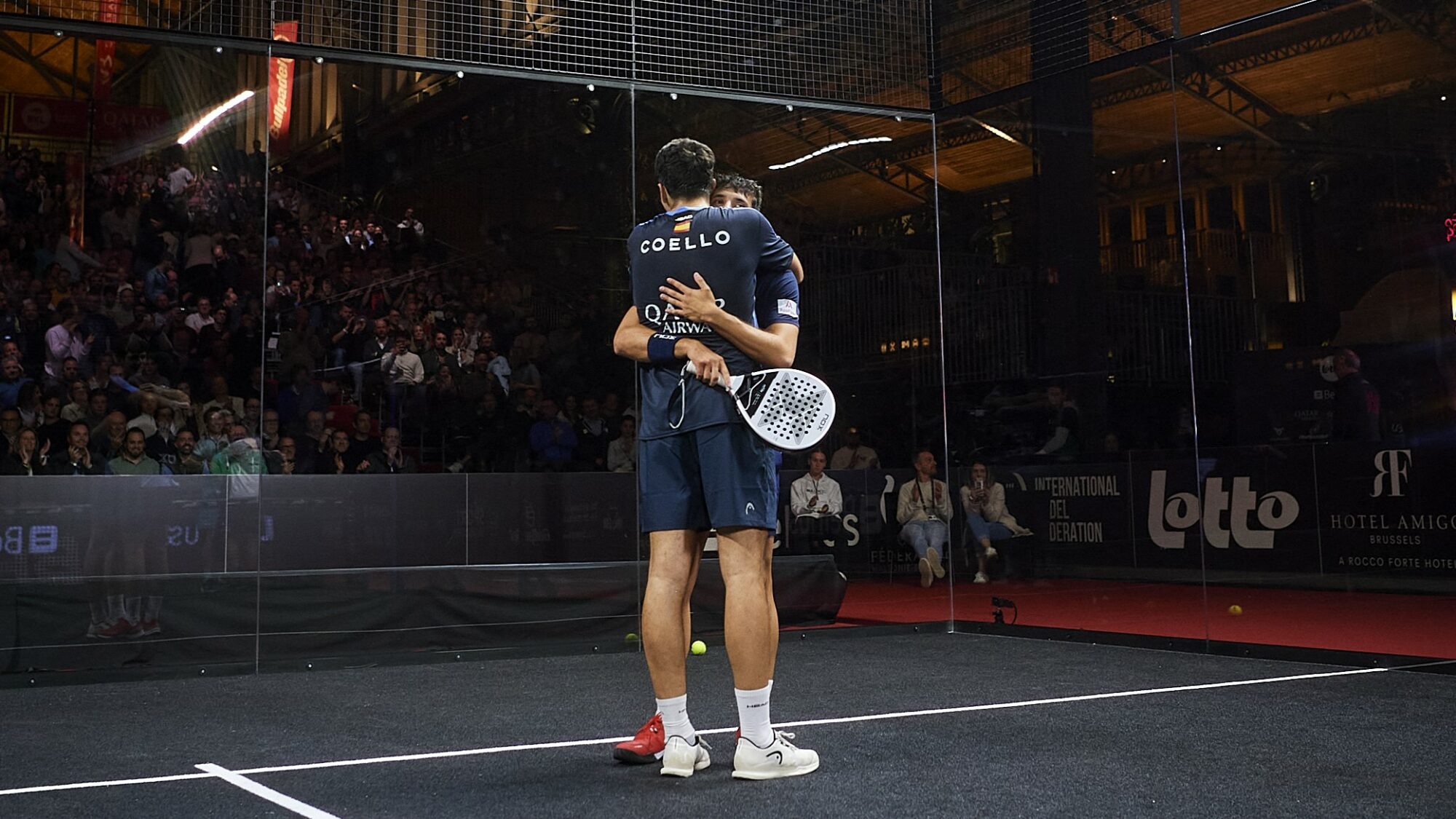 Premier Padel Brussels P2 – Arturo Coello and Agustín Tapia… obviously
Premier Padel Brussels P2 – Arturo Coello and Agustín Tapia… obviously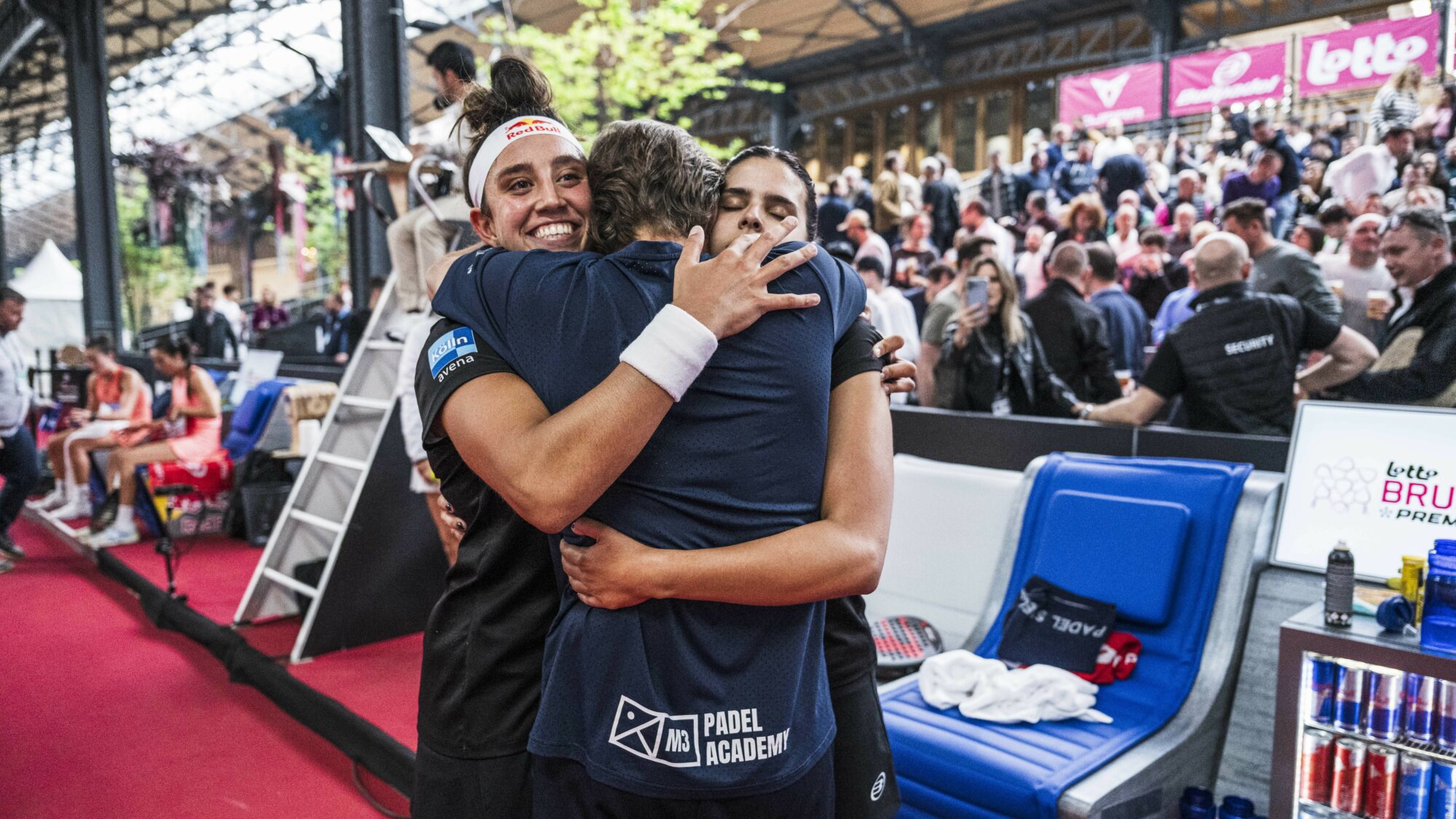 Premier Padel Brussels P2 – Brea/Gonzalez wins the arm wrestling against Salazar/Icardo
Premier Padel Brussels P2 – Brea/Gonzalez wins the arm wrestling against Salazar/Icardo José Manuel Escin at the inauguration of Casa Padel DOS: “Finally, and thank you!”
José Manuel Escin at the inauguration of Casa Padel DOS: “Finally, and thank you!” Padel Score comes to Tahiti for American Express Padel Cup!
Padel Score comes to Tahiti for American Express Padel Cup! Do you know the Rafa Nadal Academy Tour?
Do you know the Rafa Nadal Academy Tour? Play at padel on his yacht? Possible for €233.000!
Play at padel on his yacht? Possible for €233.000!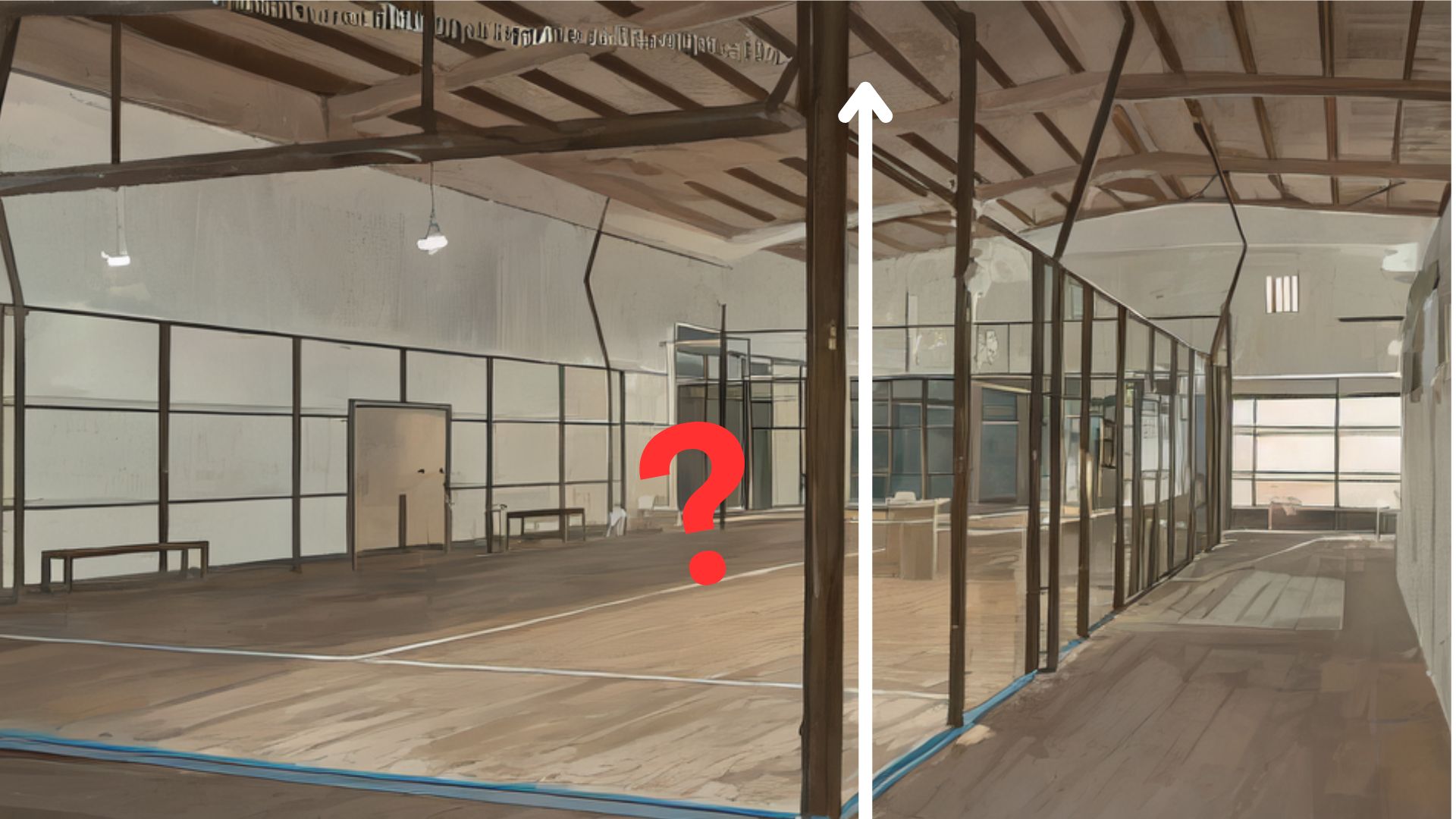 Find out everything about the dimensions of a plot of land padel
Find out everything about the dimensions of a plot of land padel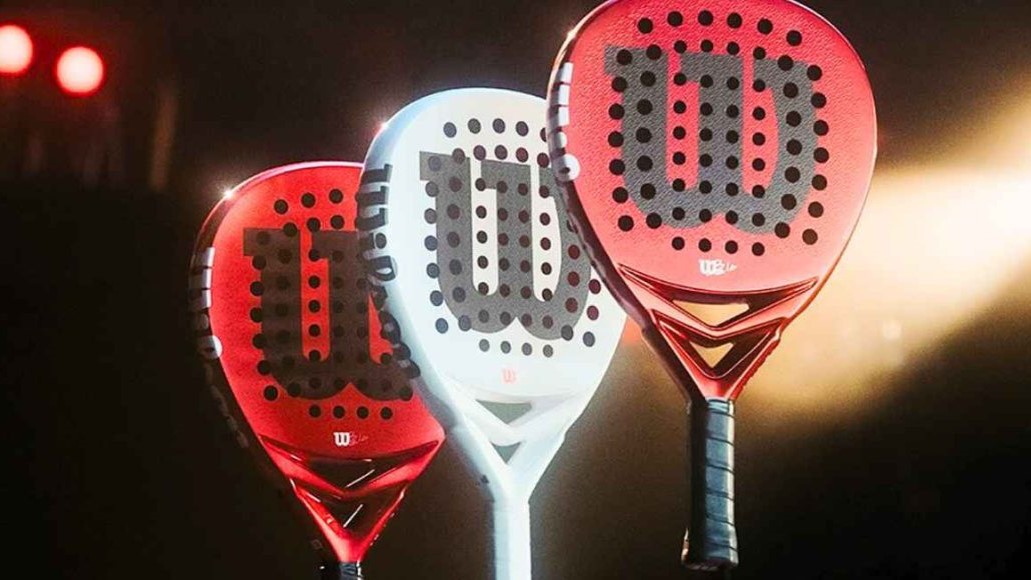 Presentation of the Wilson Bela V2.5 collection
Presentation of the Wilson Bela V2.5 collection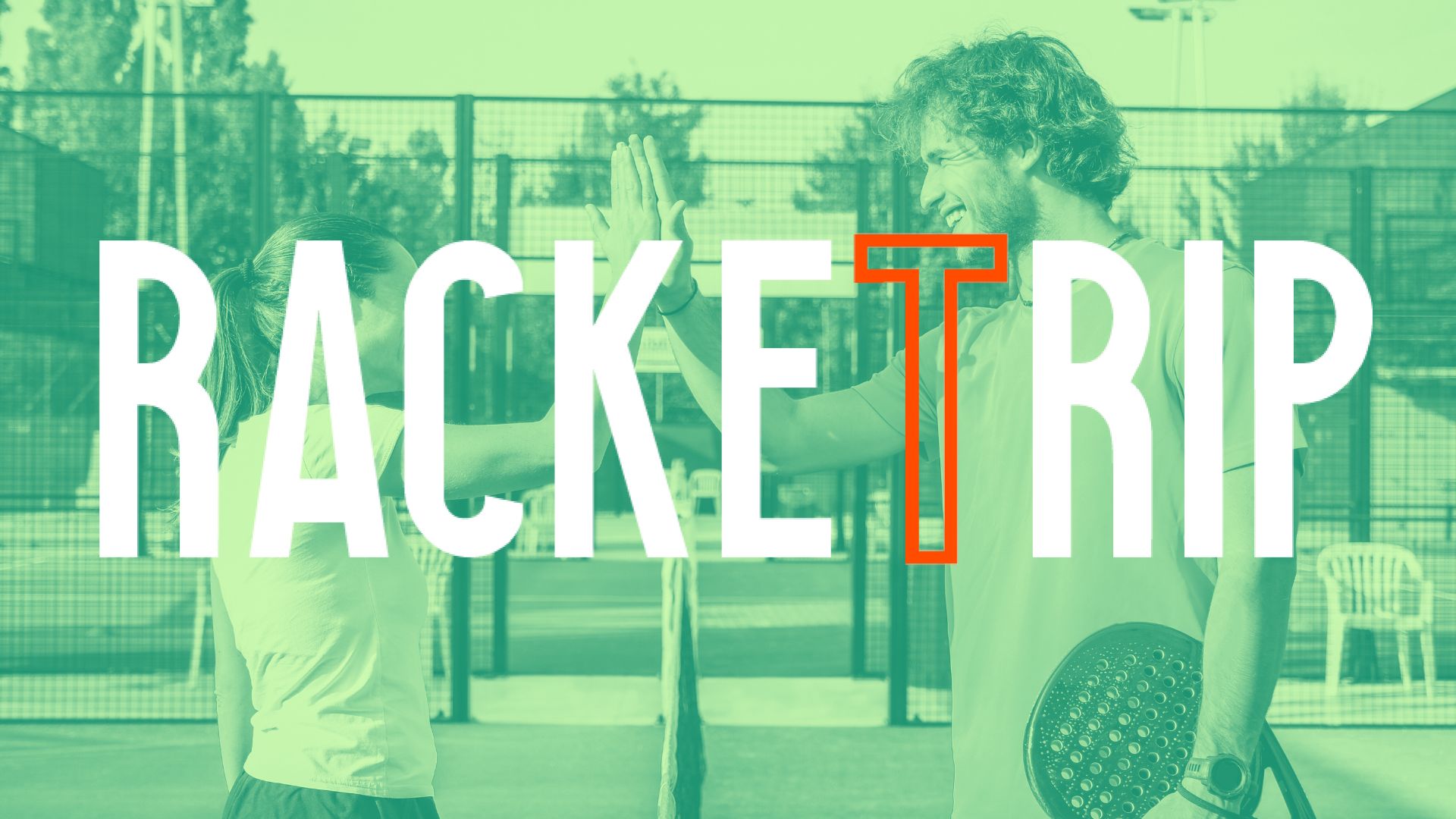 The LinkedIn of racquet sports: Racket Trip
The LinkedIn of racquet sports: Racket Trip The score at padel : manual
The score at padel : manual At the heart of padel – Episode 25: Paul and Andoni answer your questions
At the heart of padel – Episode 25: Paul and Andoni answer your questions At the heart of padel – Episode 23: defend the window well
At the heart of padel – Episode 23: defend the window well Prohibition on playing topless Padel : the reasons
Prohibition on playing topless Padel : the reasons FIP Tour – Going far from Europe, THE strategy to earn points!
FIP Tour – Going far from Europe, THE strategy to earn points! What is a good football player? padel ?
What is a good football player? padel ? “Lefties give me headaches when I play against them!”
“Lefties give me headaches when I play against them!” At the heart of padel – Episode 14: how to earn points in winter?
At the heart of padel – Episode 14: how to earn points in winter? The basic tactics of padel
The basic tactics of padel A par 4 is always a winner...even if you manage to defend it!
A par 4 is always a winner...even if you manage to defend it! Carbon fiber VS fiberglass: what to choose?
Carbon fiber VS fiberglass: what to choose? How to effectively test a racket padel ?
How to effectively test a racket padel ? La padel to fight Parkinson's disease
La padel to fight Parkinson's disease Don't play with a cracked or broken racket, your body will thank you!
Don't play with a cracked or broken racket, your body will thank you! Michel Cymes: “The padel, physically, it’s serious!”
Michel Cymes: “The padel, physically, it’s serious!” Our Top 10 training courses padel in France and Europe
Our Top 10 training courses padel in France and Europe Jeremy Gala: “Promote the padel among young people in Belgium remains a challenge”
Jeremy Gala: “Promote the padel among young people in Belgium remains a challenge” The French Touch Academy organizes its selection day Padel-Study
The French Touch Academy organizes its selection day Padel-Study Report on the detection and training of younger generations
Report on the detection and training of younger generations